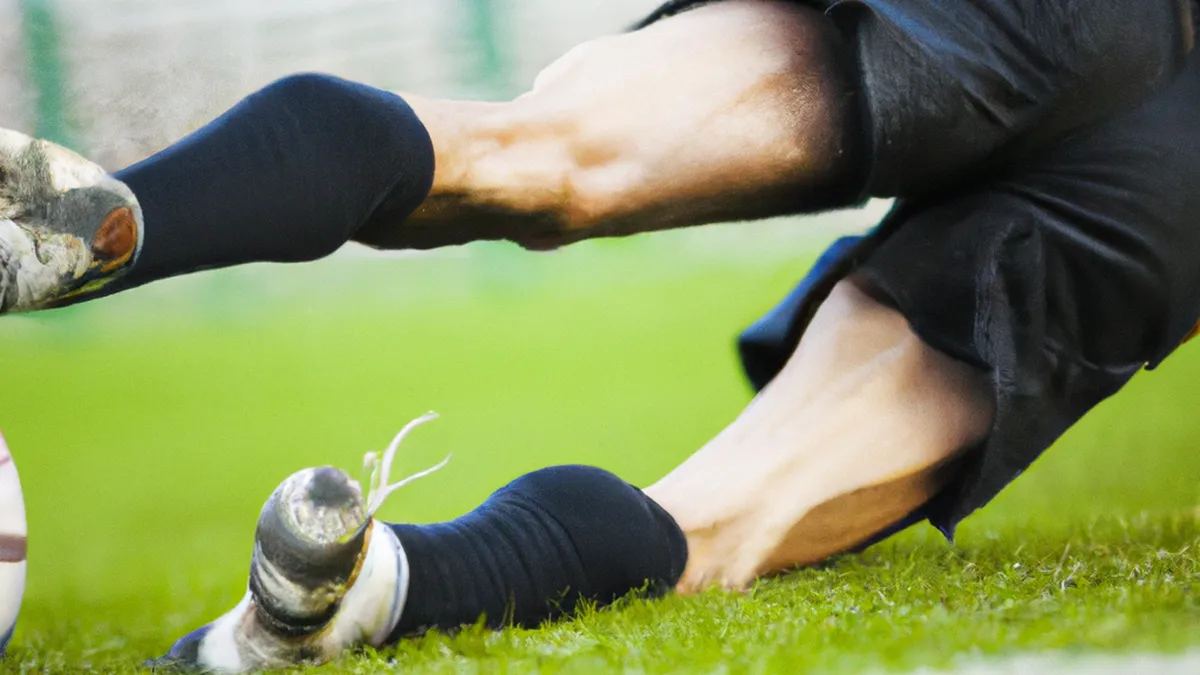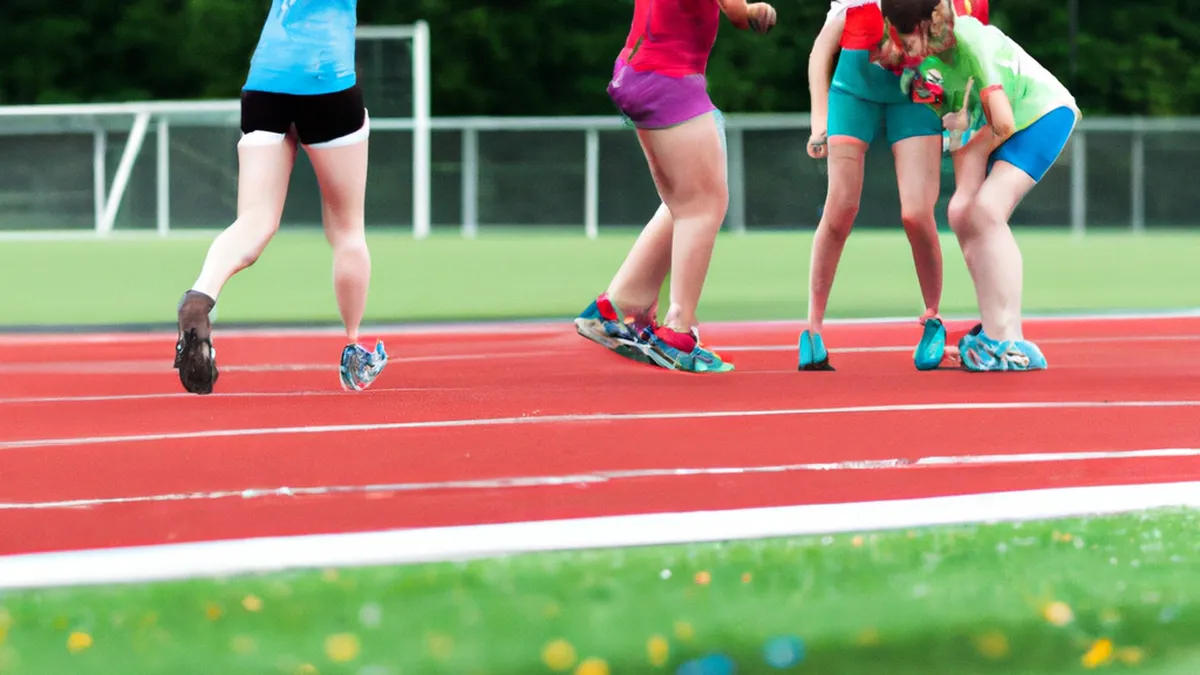Male Athletes’ Unique Injury Patterns
Gender-Specific Injury Risks in SportsIn athletics, injury prevention maintains peak performance and prolongs sports careers. However, injury risks differ between genders. This blog post examines common gender-specific injury risks, their prevalence, causes, and prevention strategies. Understanding these differences helps athletes, coaches, and healthcare professionals create safer sporting environments.
Common Gender-Specific Injuries
Biological, anatomical, and physiological differences between men and women lead to varied injury patterns. Female athletes frequently suffer anterior cruciate ligament (ACL) tears. Women face four to six times greater risk of ACL injuries than men, especially in jumping and cutting sports like soccer and basketball. Joint laxity, muscle strength differences, and hormonal influences contribute to this higher incidence.Male athletes often experience shoulder injuries, particularly rotator cuff injuries. These injuries appear in sports requiring repetitive overhead motions like baseball, football, and swimming. Men’s anatomical structure, including a larger shoulder girdle, contributes to these injuries. Additionally, higher physical contact in certain sports leads to concussions and other traumatic injuries for men.Both genders face unique risks based on their sports. Female gymnasts often experience wrist and ankle injuries from high-impact landings. Male rugby players deal with concussions and tackling-related injuries, reflecting their sport’s physical nature.
Tips for Injury Prevention
As an Amazon Associate I earn from qualifying purchases.
Gear tip: consider mobility sliders, football, and yoga blocks to support this topic.
Preventing injuries requires strength training, flexibility exercises, and sport-specific training. Here are effective strategies to minimize gender-specific risks:
1. Strength Training
Strength training is crucial for all athletes, especially women. Women should focus on exercises that strengthen hip and knee muscles, such as squats, lunges, and deadlifts. These exercises enhance strength and improve joint stability, preventing injuries.Men should prioritize shoulder strength with targeted exercises for the rotator cuff. Resistance training, such as external rotations and shoulder presses, can help prevent shoulder injuries. Both genders must develop strength-training programs addressing their specific vulnerabilities.
2. Flexibility Exercises
Flexibility plays a vital role in injury prevention. Women often show greater flexibility, which can lead to joint instability without balanced strength training. Dynamic stretching routines before workouts improve joint stability and prepare the body for activity. Examples include leg swings, arm circles, and hip openers.
Conclusion
Understanding gender-specific injury risks can help athletes and coaches implement effective prevention strategies. Prioritizing strength training and flexibility enhances safety for all athletes.
Below are related products based on this post:
FAQ
What are the common gender-specific injuries in sports?
Common gender-specific injuries include anterior cruciate ligament (ACL) tears in female athletes and shoulder injuries, particularly rotator cuff injuries, in male athletes. Women face a significantly higher risk of ACL injuries, especially in sports that involve jumping and cutting. In contrast, men often sustain injuries related to physical contact, leading to concussions and other traumatic injuries.
What factors contribute to the higher incidence of ACL injuries in women?
The higher incidence of ACL injuries in women can be attributed to biological, anatomical, and physiological differences. Factors such as joint laxity, differences in muscle strength, and hormonal influences play a significant role in this increased risk. These differences are particularly evident in sports like soccer and basketball.
What are some effective injury prevention strategies for athletes?
Effective injury prevention strategies include strength training, flexibility exercises, and sport-specific training. For women, focusing on hip and knee strength through exercises like squats and lunges is crucial. Men should prioritize shoulder strength to prevent injuries, particularly rotator cuff issues, through targeted resistance training.















Post Comment